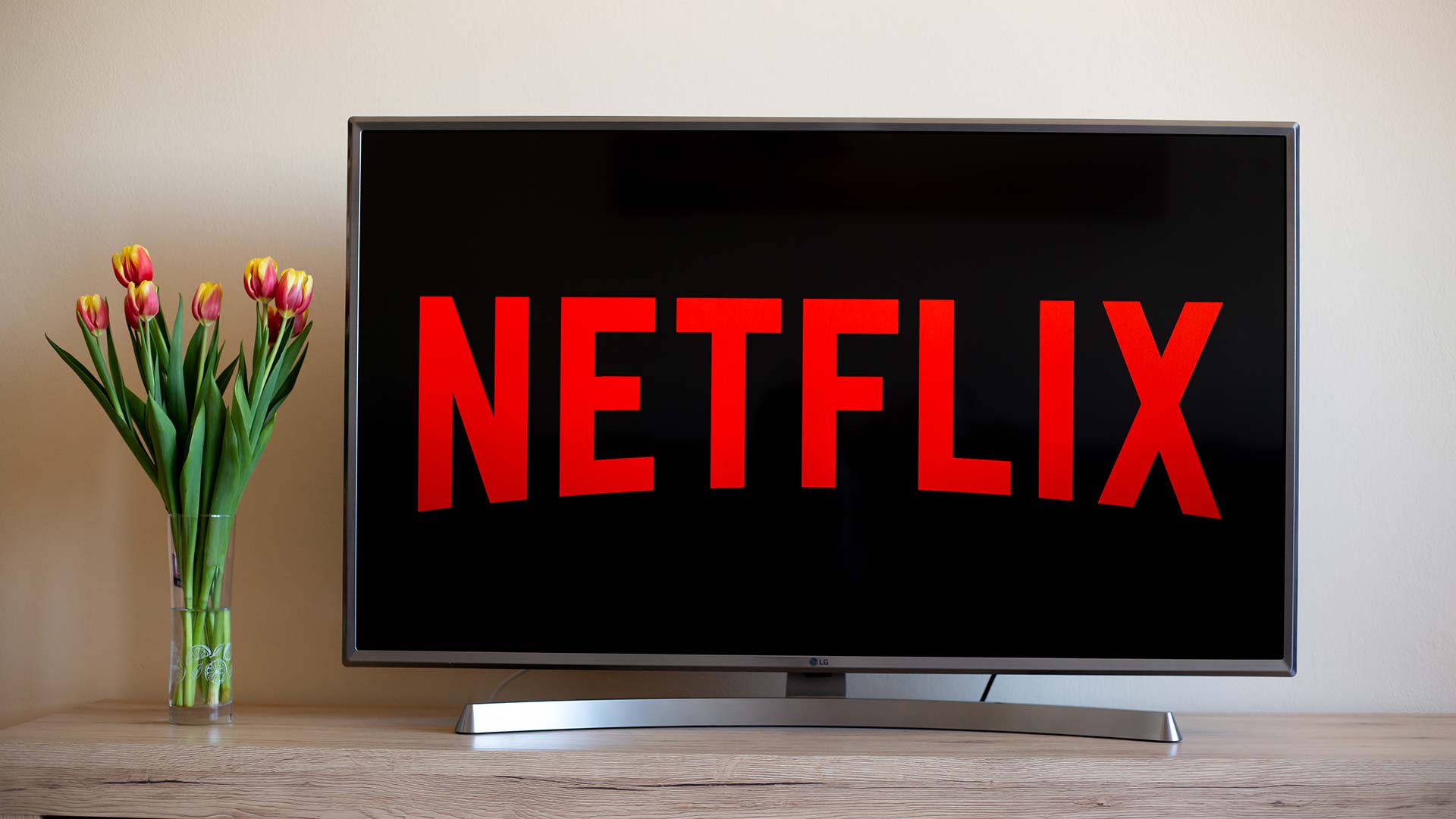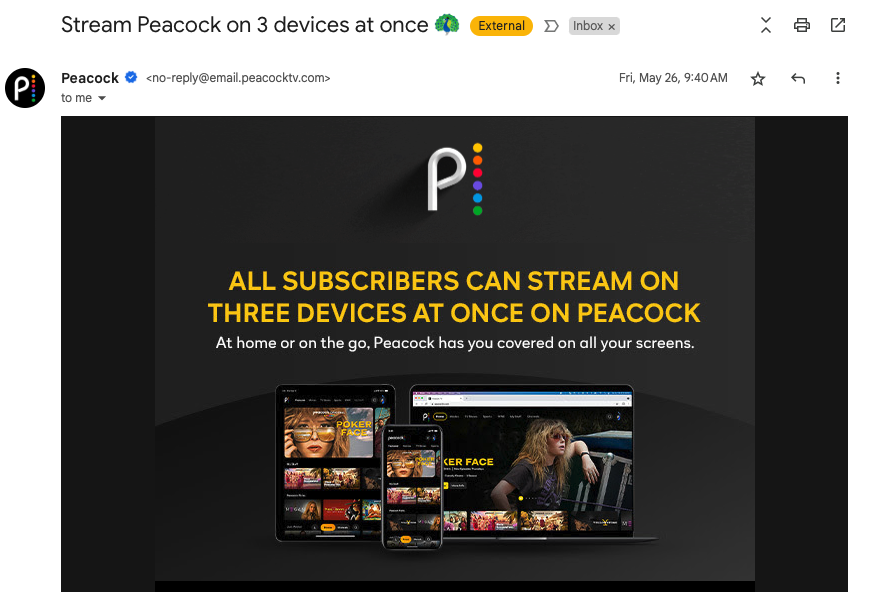
The Netflix password-sharing crackdown, which spent about a year gestating, finally hit the U.S., U.K. and Australia earlier this year. Love was no longer sharing a password, and Netflix wanted its money, specifically $8 / £4.99 / AU$7.99 per additional household.
But for all the complaining I saw online, a new report on Netflix's numbers say that the big red streaming machine's bold strategy paid off in its earliest days. This news comes to us from The Wall Street Journal, which cites a report from the Antenna analytics firm.
The only asterisk, though, is that we're dealing with a small sample size. How teeny tiny is it? The Journal notes that in the window of May 25 through May 28, Netflix garnered "more new subscriptions in the U.S. ... than in any other four-day period" since Antenna began measuring this in 2019.
That window is specifically chosen because it's in the aftermath of Netflix's May 23rd announcement that the password-sharing crackdown was hitting the U.S., U.K. and Australia. Looking over Netflix's new releases from that window, I don't see any big titles that would create such demand, no offense to Arnold Schwarzenegger and his new series Fubar.
Analysis: Expect others to copy
What's interesting here is that Antenna is citing a rise in Netflix's subscribers, and not claiming anything about the streaming service adding additional households. The latter is the big offer that Netflix gives customers who have been sharing accounts, so maybe those people breaking the rules want their own full control, or the messaging isn't clear enough.
Either way, more news like this and we should expect the rest of the best streaming services to copy Netflix's gambit. I'd expect to see this kind of move from a Hulu or Prime Video, an entrenched competitor. Max, though, is still so nascent that I'd wager it will wait to make any such move.

Yet, there are streaming services like Peacock. NBCUniversal's streaming service, days after Netflix's password-sharing crackdown launched in the U.S., U.K. and Australia, emailed subscribers to let them know they can stream on 3 devices at once, at home or on the go.
We'll see how long that kind of passive encouragement lasts.







